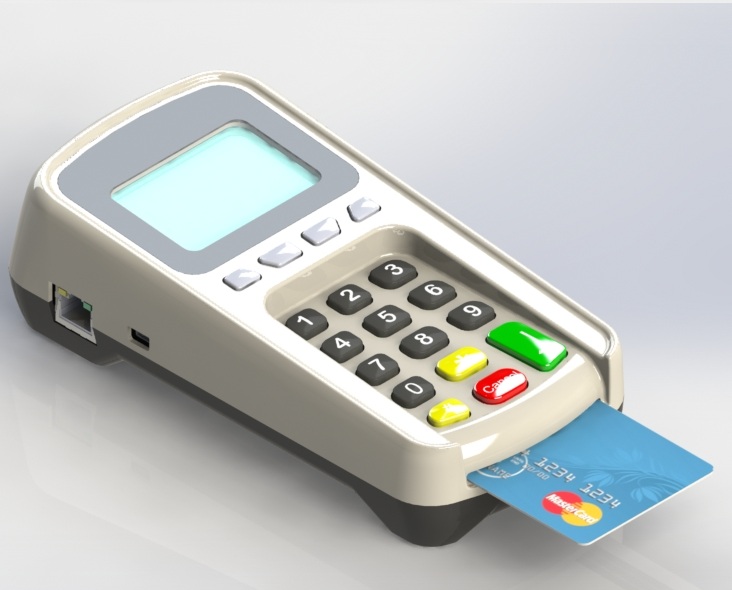We create new products and services to fulfill customer’s existing and future needs. New Product Design and Development Process involves creating new products from conceptualization to the product in the market.
Product is a broader term. It can be any physical product or service. For example, laptops, washing machines, software, or mobile apps such as Facebook & power-point are products and services. They are products in their capability because they solve various customer problems.

In this article, we will discuss the various stages in the new product design and development process. Company to company NPD process may be different.
This article only covers the product development process from requirement capture, conceptualization to product to market. It is not complete product development. Read this article to know the difference between product design and product development.
Why do we require New Products?
We need new products and services because of the following reasons.
- To solve existing or future customer problems.
- Improve existing products.
- Increase a company’s existing customer base.
- Replace existing products.
- Reduce product cost.
Product Design and Development Phases
The new product design and development (NPD) process involves the following phases.
- Project initialization and requirement capture
- Project plan
- Preliminary design
- Detailed product design and development.
- Product verification
- Product validation
- Qualification phase
- Production ramp-up
1. Project Initialization and Requirement Capture
After the team formation, Kickoff meetings are called. The kickoff meeting is the first meeting between the project core team and stakeholders. This meeting allows ensuring all stakeholders are on the same page.
Agenda of Kickoff Meeting
Teams discuss the following points during the kick-off meeting. But it is not limited to this only.
- Team introduction
- Project background and its scope
- Team responsibilities and roles
- Team doubts etc.
Project Requirement Capture
Capturing all product requirements is essential for product design and development. It ensures the product meets customer expectations. Deliverable or agenda for project requirement capture
- Product Requirement Document and Requirement Conformity Matrix
- Risk Identification
- Required Skill Set
- Budget Estimation
2. Project Plan
The project manager and team-lead prepare a product micro and macro-level project plan and schedule. Assign FRP for all critical tasks. The main objective of the project plan is to guide the team for timelines and deliver products on time. Deliverable of Project Plan
- List of all critical tasks.
- Risks with a mitigation plan.
- Task Timelines.
- List of Deliverables.
- Assign FRP (First Responsible Person) for all critical tasks.
3. Preliminary Design
Preliminary design is the first step in the product design process. It is a top-level design and sets the direction for complete product design and development. Activities and Deliverable of preliminary design are:
- Product Functional Specifications.
- Requirement traceability matrix
- Product Preliminary and Architecture Design: Preliminary Design Document
- Preliminary manufacturing flow chart
- Environmental qualification tests plan
- Robustness tests plan
- Risks Mitigation Plan
4. Detailed Product Design and Development
It is a very critical part of product design. At this stage, the product starts taking its final shape. This involves contributions from all team members. Detailed product design is an iterative and time-consuming process. Detail product design activities include:
- Preparation of cad models, engineering drawing, and assembly design
- Reverse engineering.
- Material and component Selection.
- Product design calculations: Tolerance Stack-up analysis, Simulation Studies
- Design choices and proof of concept (POC).
- Vendor selection.
- Manufacturing process finalization.
- Design and manufacturing process review.
- Prototyping or mock-up development.
- Tools are fixture development.
Detail product design has the following deliverable
- Product design document.
- Manufacturing and assembly document
- Final Cad models, schismatics, detailed engineering drawings, and all other design documents
- Design calculation results and all design supporting documents.
- Results of POC
- Final vendor list and actual part costs
- Verification and validation test list.
- Product quality and test plan.
- DFMEA and FMEA documents.
5. Product Verification
After product design and prototype development is complete. The team verifies prototypes as per product functional requirements. Product verification involves the following activities and deliverables.
- Validate all product elements and interfaces independently before product integration.
- Verify Product Functional Requirements.
- Assembly Process Verification
6. Product Validation
Final products are validated as per product functional and certification requirements. Product Validation phase has following activities and deliverable.
- Product functional validation tests
- Pre-Certification test
- Robustness tests
- Manufacturing documentation.
7. Qualification Phase
During the Product qualification phase, the designer ensures product design and manufacturing process are as per product requirements and specifications. The Product qualification phase involves the following activities and deliverables.
- Initial manufacturing pilot run.
- Functional validation and certification tests.
- Product process audit.
- PPAP, design FMEA, process FMEA, flow chart, capabilities, control plan, etc.
- Manufacturing process validation.
- Manufacturing documents.
8. Production / Manufacturing Ramp-Up
Production or manufacturing ramp-up is the final phase in the product design and development process. Product moves from pilot to production stage. It ensures product manufacturing lines do not have any issues. Manufacturing ramp-up involves the following activities and deliverables.
- Change or improvement in the manufacturing process.
- Ensure any change in the manufacturing process does not affect product performance.
- Documentation of required changes.
To sum up, New products and services are created to fulfill existing and new customer demands. The new product development (NPD) Process involves creating new products from concept to market.
We will keep adding more information on the product design and development process. Please add your suggestions, comments, or questions on the product design and development process.


Please help me in providing resource regarding DFMEA